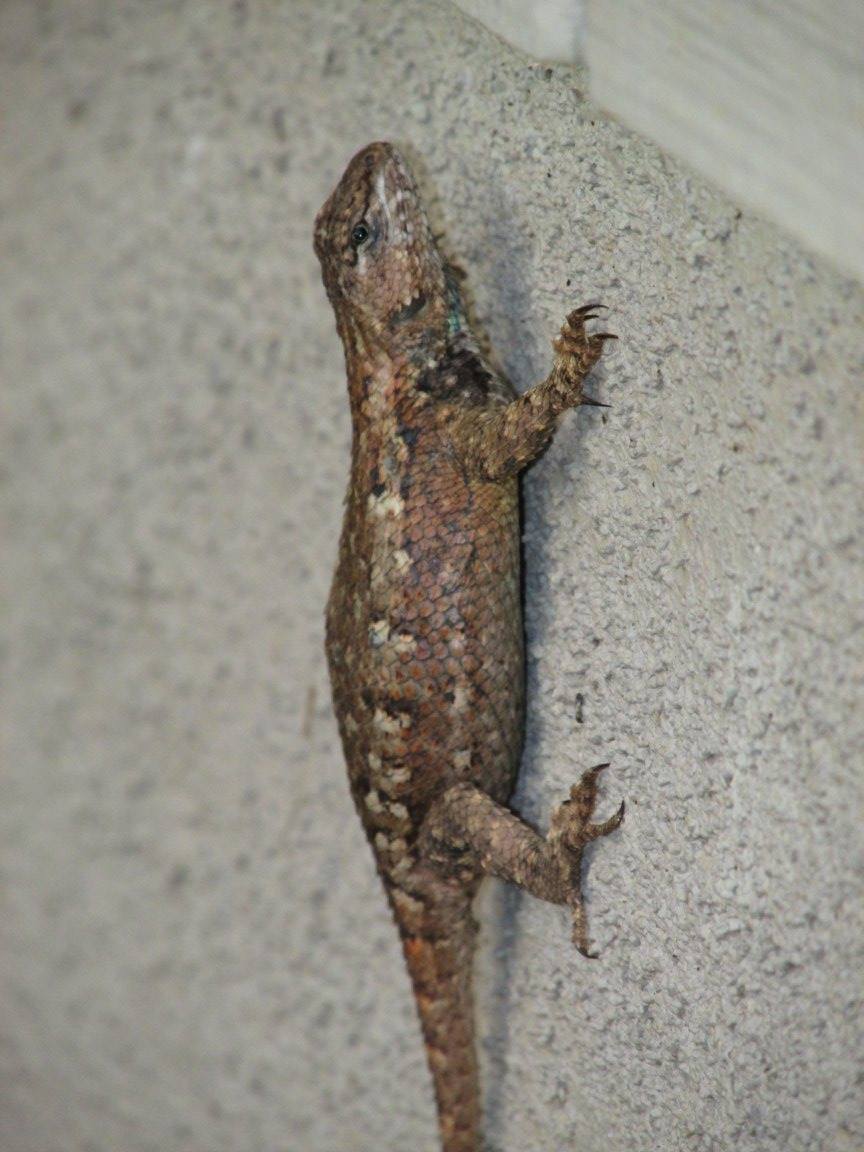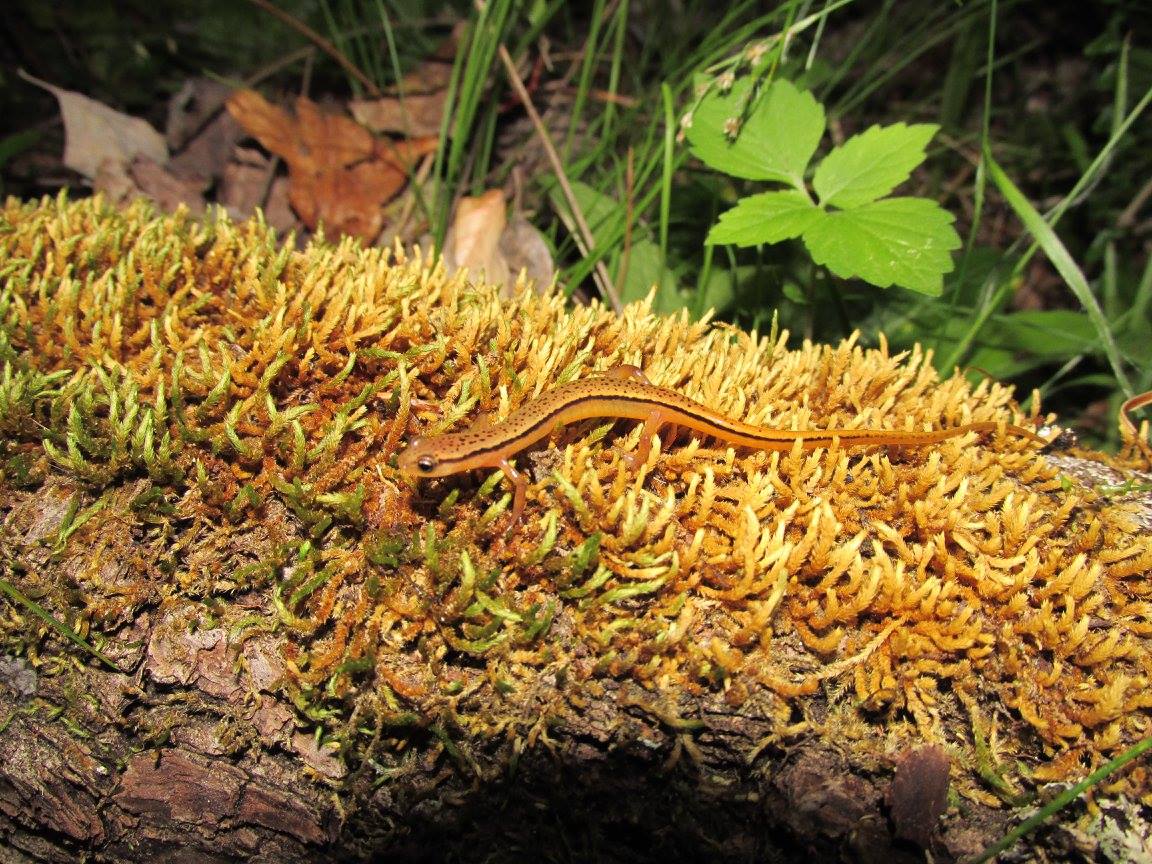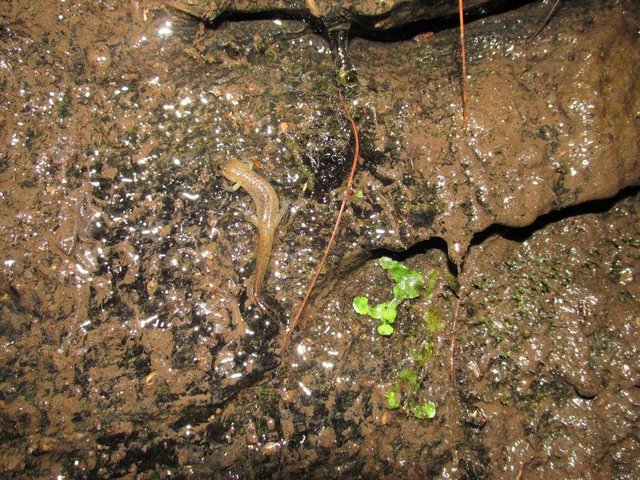Herps (Reptiles and Amphibians) of North Carolina: Intro and Part I
Ever since I traveled to Europe in 2011, I made myself a promise that I would travel to at least one exciting location per year. I've kept that promise to myself every year since then but one, when I traveled to Little Rock, Arkansas. That's not a knock against Little Rock, or Arkansas, but I'd been there before so I don't consider it exciting.
Anyway, last year, in 2016, I traveled to North Carolina and Tennessee as a part of the Herpetology class at my graduate alma mater. I say herpetology, meaning amphibians and reptiles, but it was a salamandering trip, plain and simple. There are six main locations we went to, seeing at least one unique species at each location, so I've decided to make this a six part series.
Here are the six locations:
Cullowhee, NC
Great Smoky Mountains National Park
Highlands, NC and Dry Falls
Nantahala National Forest, Sugarfork, NC
Cashiers (near Highlands) NC
Canasuaga River, TN
Let's get down to some pictures!
Cullowhee, NC
Eastern Fence Lizard
First I'll start with my only reptile from this location, a lovely fence lizard, specifically an Eastern Fence Lizard, Sceloporus undulatus. If this lizard looks overweight, that's because she's a very gravid mama!

Photo Credit: James Erdmann
Ocoee Salamander
On to the salamanders. This picture is kind of blurry (it was taken at night and on my phone), but I just want to point out how hard these guys are to find. Look at that amazing camouflage! These are Desmognathus ocoee, the Ocoee Salamander, which is pronounced Oh-'koh-ee. They belong to the family Plethodontidae, which are lungless. They respire mostly through their skin, and so require fast-flowing cold streams to acquire sufficient oxygen.
Here's a clearer picture so you can admire how beautiful these tiny 'manders are.

Photo Credit: James Erdmann
And here's another picture for scale. Also note that this salamander's tail is a nubbin. They often lose their tail to predators, and can easily regrow them, as well as limbs.
Blue Ridge Two-Lined Salamander
Here is a gorgeous salamander, Eurycea wilderae. It is also in Plethodontidae. Salamanders can respire out of water for a short time, and we made sure to splash cold water on them when we had them up on rocks like this for photographs.

Photo Credit: James Erdmann
Seal Salamander
Desmognathus monticola are 3-5 inches long and quite similar to Ocoee.

Photo Credit: James Erdmann
That's all for this location. We camped on the side of a mountain (everything is mountainous there!) and went looking for salamanders day and night. Part II in Great Smoky Mountains National Park will be coming soon!
Upvoted followed and resteemed:-)
That sounds like a neat trip, with such a focus on salamanders. Salamanders seem so vulnerable and so tied to a specific habitat. And every feature is so tiny and delicate. It's amazing that they exist. Did you see any efts on your trip? Looking forward to your series, for sure!
We didn't see any newts but we did see lots of salamander larvae. I have pictures of them from the other locations.
I'll look forward to those, then. : )